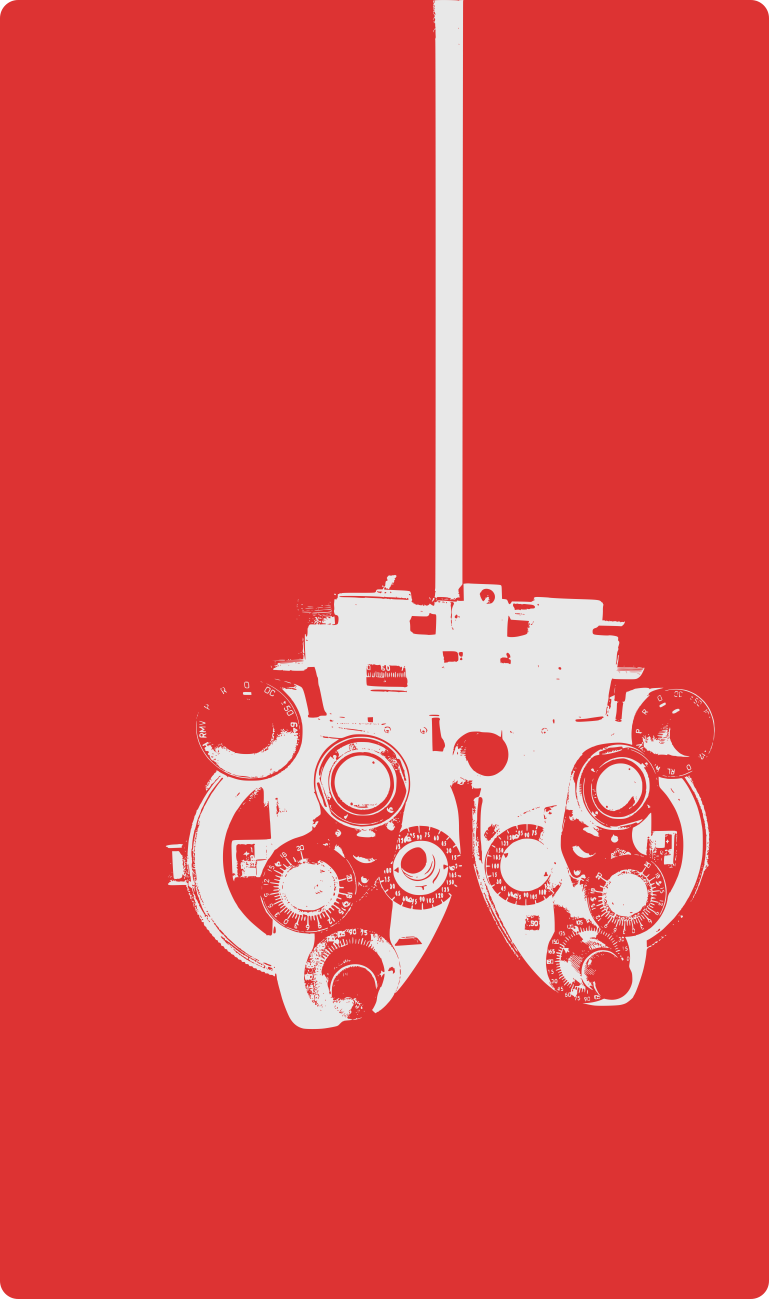-
https://www.techdirt.com/articles/20180304/23373739356/mike-godwins-first-essay-encryption-constitution.shtml In in 1993, when Mike Goodwin originally wrote this essay, I was a very young boy and I find it startling how similar the arguments are for encryption with respect to constitutional considerations 25 years later. My thanks to…
-
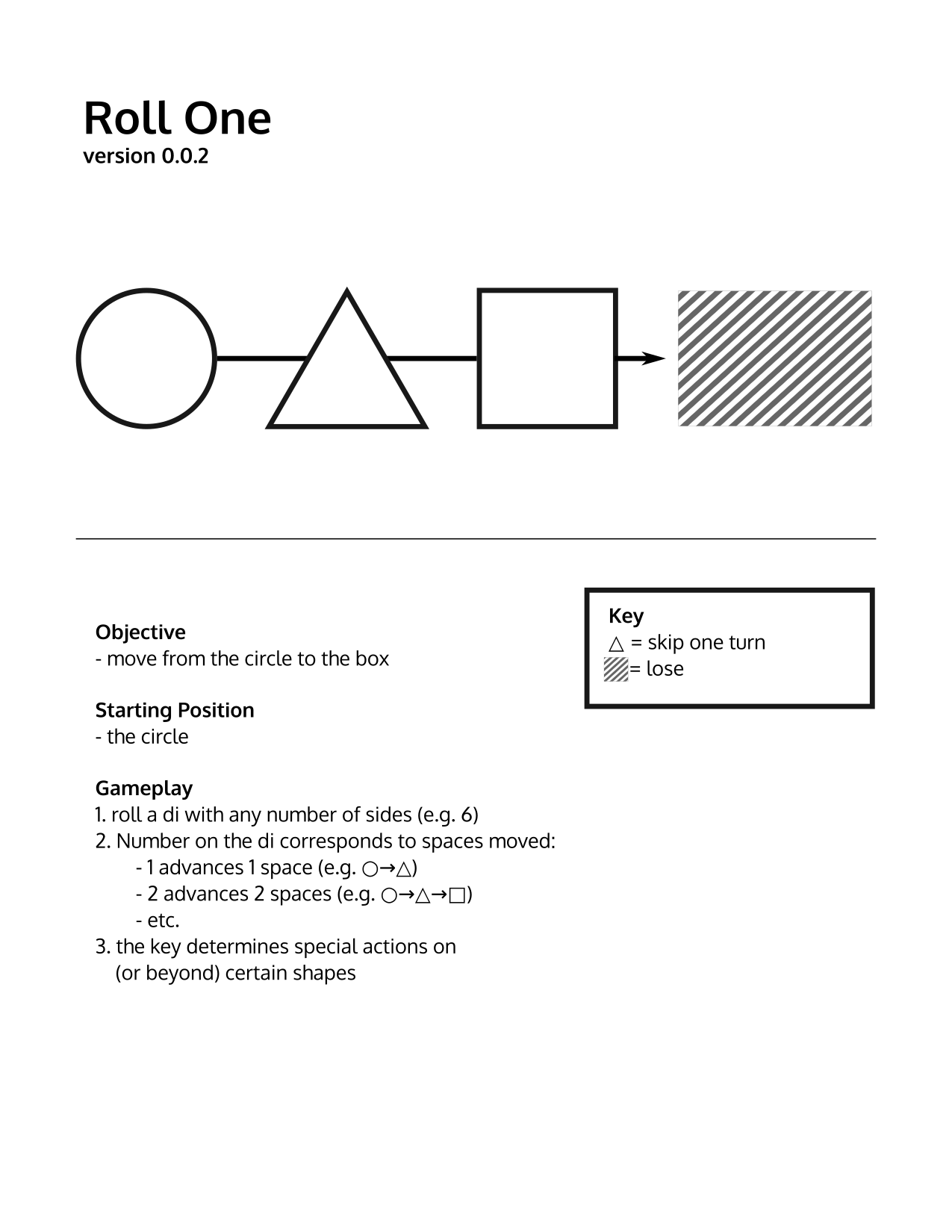
Roll One – Version 0.0.2
I’ve added some complexities this time around. There’s a new shape (the triangle) and a strong implication that this is a multiplayer game. There’s also the concept of overshooting the target (i.e. the goal―square|box). This results in immediate loss for…
-
Musical Thing(y)
I spent about five minutes playing around with this thing. Kind of fun. Very colorful. No apparent export tool 🙁
-
Roll One
There seems to be a resurgence in the popularity of non-digital games recently. This is the start of a new game.
-
Rolling Dice in Python
The below rolls dice in python. I’ve long loved python for dice-rolling―having created a now defunct twitterbot and a mastodon bot―it was nice to write this up briefly as I’m working on re-re-re-learning python. #!/usr/bin/python3 from random import randint total_dice…
-
Rainfall (2004) Released
For a very long time (I’m guessing ~10 years) I’ve had a blurb on the playscript section of my various websites saying: “Rainfall” (Coming Soon!) Now it has. Read it here. It’s a slow play. It was produced when I…
-
Bluetooth Keyboard Pairing on Kano OS
Our Logitech K380 keyboard wouldn’t pair to our Raspberry Pi 3 running Kano OS today (I know, very specific). I couldn’t quickly find an answer to this on the greater web, in part because I figured that the Kano folks…
-
Dominos
G: 59 = 33 + 26 T: 43 = 43 K: 131 = 24 + 62 + 45
-

new art project: Kyle&
time off One of the things I’ve been doing this past week is creating art, initially with Kyle& … nobody. I’d been working on some things for the Fedora project on and off, but nothing was really sticking until I…
-
Saying No and Yes―Bill Murray Interview
SR: A lot of folks worry that if they aren’t available or don’t say yes, they’ll stop getting asked. BM: If you keep saying yes, they’ll stop asking you, too. That’s a much more likely event. I think we’re all sort of imprisoned by…
-
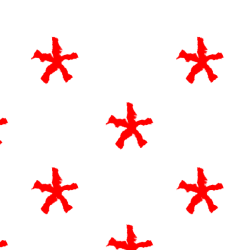
asterisks
The project preview I’ve been working on a project. I believe it’s a good one. I have arranged some asterisks― ―and also borrowed and modified a line― ―then I borrowed some cruft (dusted off from something pretty good, if a…
-
Surge, ISP router, My router
-

Squeak
I contributed to the most recent Fedora Linux release’s wallpaper. It’s interesting to have seen it pop up everywhere I normally read about Linux as a featured image touting the new releases arrival. At any rate, this is a squeak…
-
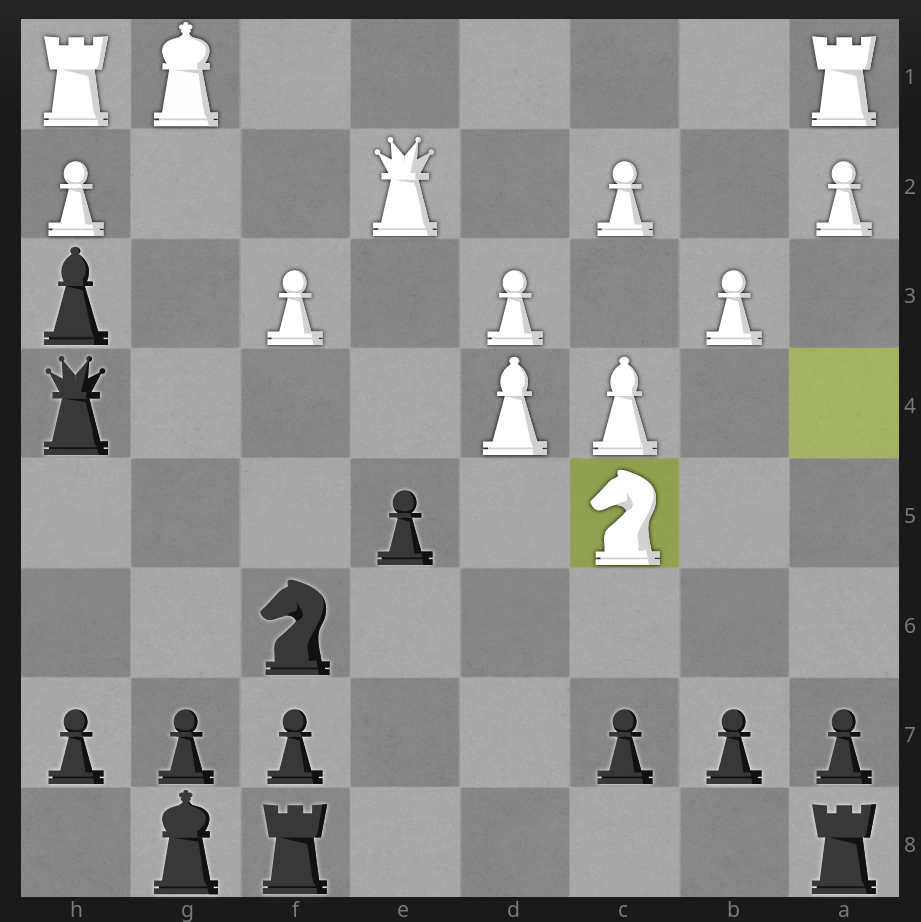
Brutal
http://lichess.org/training/36308
-
Unemployment in America, Mapped Over Time
Unemployment in America, Mapped Over Time – http://flowingdata.com/2016/10/17/animated-map-of-unemployment/
-
a quick drawing
instead of hand-drawing the stripes I’ve matched them up with a digital tool after the original hand-drawn outline. not certain I like this (in fact―pretty certain I don’t) but it’s clear that I’m going to move somewhere here to progress. we’ll…
-
Brick
This is a brick.
-
Tutorials?
I’m thinking about doing some tutorial-type things revolving around some of the free-software tools I use to create visual art. Predominantly I’d focus on inkscape (at least at the moment) since I’ve been enamored with vector graphics on that program…
-
White keyboard layout
This is a pretty amazing use of programming and personal data to create a custom keyboard layout for yourself. Great read. This scoring method is then evaluated on a collection of text that is representative of all text I’ve typed…
-
Your Personal Archiving Project: Where Do You Start?
http://blogs.loc.gov/digitalpreservation/2016/05/how-to-begin-a-personal-archiving-project/ Pretty great, low-key article about not losing your mind organizing things. I suspect this is easier when it’s not your stuff. Never really thought about how archivists archive and it’s interesting. Wish they’d addressed long-term digital storage formats. Would…
-
CV of Failures
Just want to acknowledge the joy of this endeavor. A running documentation of your failures is a great idea that I fully support.
-
Emacs For Writers
[kad_youtube url=”https://www.youtube.com/watch?v=FtieBc3KptU” ]
-
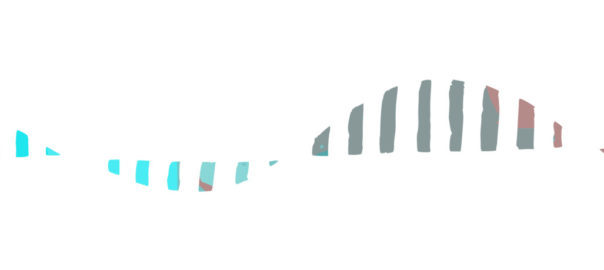
Sound Wave
Getting back into digital visual art a bit. Here’s one from today.
-
Org as a Word Processor
http://www.howardism.org/Technical/Emacs/orgmode-wordprocessor.html When I first saw one of his videos I was wondering how sick an effect was achieved, though I never asked–thanks to all who did for me.
-
Backing up 18 years in 8 hours
http://chromakode.com/post/18-years-in-8-hours
